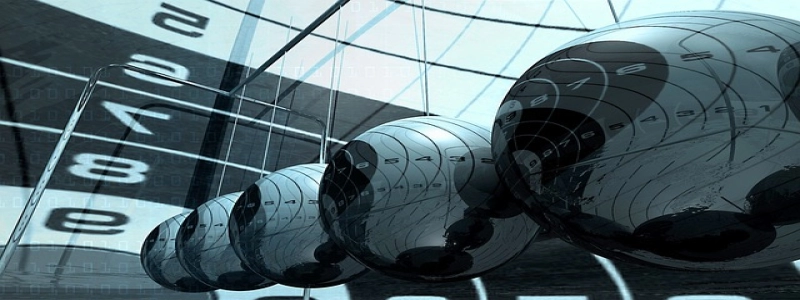Fiber Optic Attenuators
Einführung:
Fiber optic attenuators play a crucial role in the field of telecommunications and data transmission. They are passive devices used to reduce the power level of an optical signal. This article provides a detailed explanation of fiber optic attenuators, their types, and applications.
ICH. Types of Fiber Optic Attenuators:
1. Fixed Attenuators:
Fixed attenuators have a fixed level of attenuation and cannot be adjusted. They are commonly available in attenuation levels ranging from 1 dB to 30 dB. They are easy to install and provide a stable reduction in signal power.
2. Variable Attenuators:
Variable attenuators offer adjustable attenuation levels, allowing users to precisely control the power of the optical signal. They use mechanisms like rotational or sliding dials to change the attenuation. Variable attenuators are commonly used in testing and research environments where the signal power needs frequent adjustments.
II. Working Principle of Fiber Optic Attenuators:
Fiber optic attenuators work based on two main principles: absorption and reflection.
1. Absorption:
In this principle, the attenuator absorbs some of the power from the optical signal, reducing its strength. This can be achieved by using materials with high absorption coefficients, such as doped fibers or specialty filters.
2. Reflection:
In this principle, a portion of the optical signal is reflected back, reducing its power. This is often accomplished using angled interfaces, causing light to scatter away from the straight path and attenuating the signal accordingly.
III. Applications of Fiber Optic Attenuators:
1. Optical Networks:
Fiber optic attenuators are widely used in optical networks to maintain signal integrity. They ensure that the optical power remains within an acceptable range and prevents signal distortion or damage to receiving equipment.
2. Testing and Measurement:
In testing and measurement scenarios, fiber optic attenuators are used to simulate long-distance transmission by reducing signal power. This helps evaluate the performance of optical equipment under realistic conditions.
3. Dense Wavelength Division Multiplexing (DWDM):
Attenuators are crucial in DWDM systems, where multiple wavelengths are combined and transmitted over a single fiber. They help balance the power of different wavelengths and improve system performance.
Abschluss:
Fiber optic attenuators are essential components for managing signal power in fiber optic systems. Understanding the different types of attenuators, their working principles, and applications is crucial for ensuring optimal performance and reliability in telecommunications and data transmission. Whether it is maintaining signal integrity, simulating long-distance transmission, or supporting DWDM systems, fiber optic attenuators play a critical role in the smooth functioning of modern communication networks.








